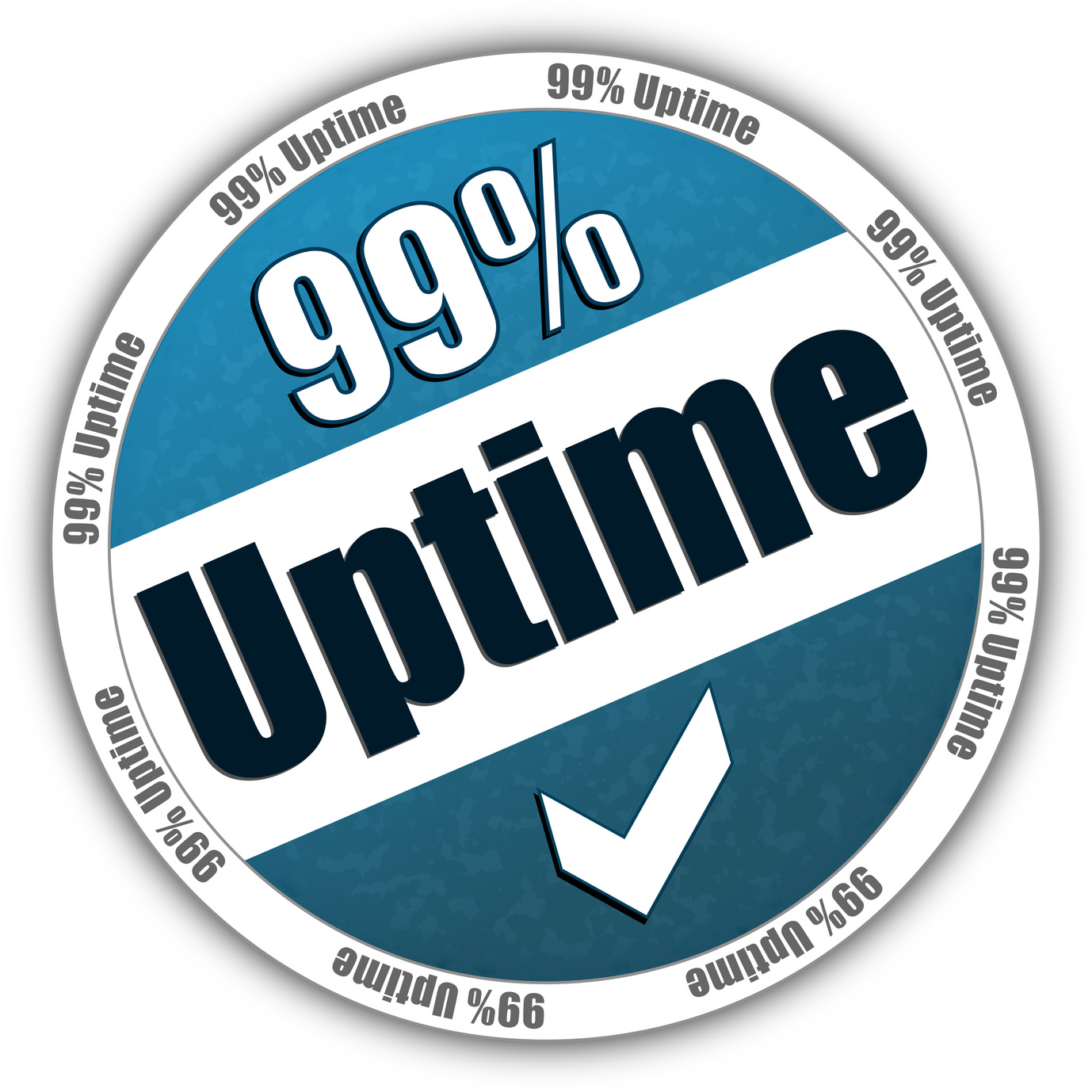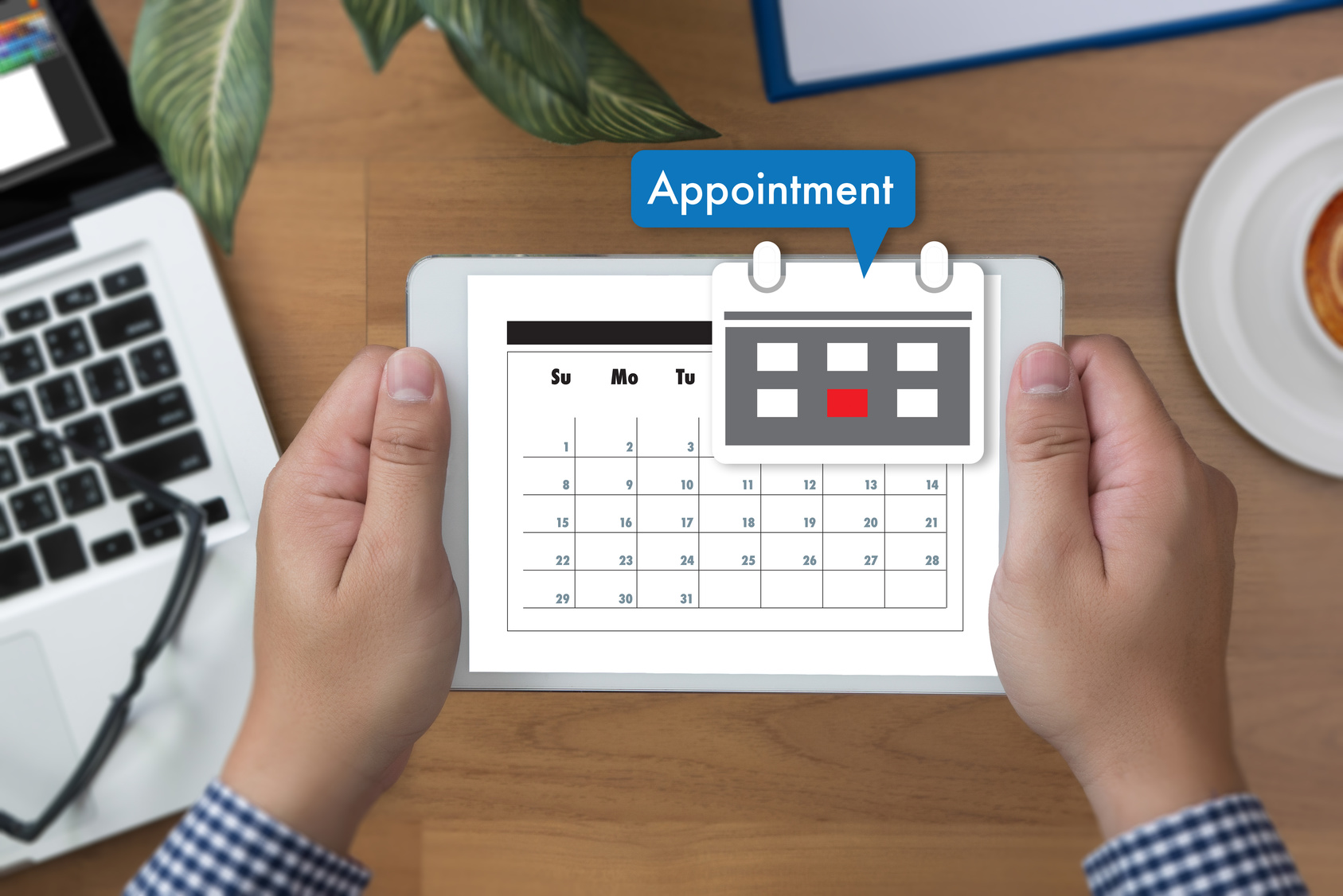It’s estimated that site speed costs companies up to $1.6 billion a year in lost revenue. If you’re thinking of moving to a new host and server, you’ll be thanked with higher traffic and longer engagement times. For any company trying to do website migration while keeping a business running, risks can seem like they’re around every corner.
Every second that your site fails to respond or your site goes down, you could see lost revenue as users switch to a site that responds the way they want it to. If you’ve got an e-commerce site, you can’t afford to have your site lag for even a second. A site that lags during a transaction can damage a visitor’s perception of your company.
If you’re about to take on a website migration, you’re making a great decision. Follow these five tips to make sure the whole thing runs as seamlessly as possible. Similarly, for businesses considering a shift in their operational framework, understanding how to migrate business operations to a SaaS cloud platform is crucial.
1. Keep a Tight Log of Changes
If you have a development department in your company, make sure they’re backing up every revision and check-in. Have them work on a second development server if possible. If there are any changes made to your products that get lost, you could lose a lot of revenue.
Your IT department or whoever is managing your migration should mark any changes that are made between the two servers. Just changing the name of a folder or directory could cause a domino effect of problems.
Have an analytics tool in place during your website migration to monitor your traffic. If things change, traffic seems abnormal, or clickthroughs seem to hit a dead end, you want to know as soon as possible.
Keep several collaborative documents migrating between department managers. If they report any issues, everyone should know right away. Since those minor changes could cause a ripple effect of read and write errors, you don’t want any changes going unreported.
2. Keep Track of Your Content
Make sure your sitemap is up to date. If you’re having trouble, try an XML site mapping tool to generate one for everyone on your team.
Understanding the complexity of your sitemap gives everyone a concrete way of looking at the amount of content on your site. You’ll be able to get an idea of how long the process of website migration will take and make a schedule in response.
Your sitemap will also lay out all of the pages that are currently connected on your site. You can call around to different teams to double check whether or not all of the listed pages actually exist. Dead ends are bad for SEO and a waste of space on your new server.
Once you have this map generated, you’ll also be able to see your total inventory and double check it against every page that’s been redirected. Keep an eye on how fast your content is loading and add a speed optimizer if necessary.
3. Know Your Rankings and Your Funnel
While you monitor your website migration, you’ll be able to see how you’re ranked by search engines. You can gather data from engines like Google and see which sites are being ranked at any given time. Perhaps there are some pages that aren’t registering at all.
You can also keep an eye on which keywords give you the most traffic. You’ll be able to reshape your current SEO implementation strategy while your website migration is taking place.
Check this against your data a month or two later to make sure that you haven’t slipped in the ranking at all. You’ll notice any changes by watching the conversion rates in your sales funnel.
Keep an eye on the checkout process before and after. Once your migration is complete, you’ll want to perform an assessment to ensure that things have improved because of your migration.
You shouldn’t move your site to a new server location without watching the process from product pages to the checkout page carefully. This could reveal underlying issues in your sales funnel that were previously unnoticed.
4. Dive Into Your Data
While your site is migrating, make sure you’re monitoring all of the important granular metrics of how your site is functioning on every device. Watch the traffic on desktop, mobile, and tablets. As mobile is finally surpassing desktop traffic, you should see an increase in that department.
Watch the performance of page load times across every major browser. Also keep an eye on how your headings, descriptions, and other SEO elements are performing.
Follow where you’re traffic comes from and where you lose it. If you seem to be lagging in Chrome, it isn’t Chrome’s fault. It’s become one of the top browsers in the world.
Check and see if there are any major bugs on your site in Chrome. A bug could cause people to hit a brick wall or could get in the way of order processing and keep you stuck in the mud.
5. Keep an Eye on User Data
If you store user data, profiles, and credentials on your server, show respect for that data by making sure it migrates smoothly and you don’t lose anything. Losing your users’ credentials could also translate to lost revenue for you.
If you change your CMS, notify users far in advance and allow them to get used to the new system.
Your users are the heart of your business. Showing respect for them by monitoring their stake in your website migration is the least you could do.
Your Website Migration Should Improve Business
Put together a plan to review your system following your migration. Once you’re finished, you should end up with more traffic, a better clickthrough rate, and an overall better user experience. In addition to looking at analytics data, send out a survey to your users to check in and see how their experience has been.
If they notice no change, consider that positive feedback, although the idea is to hear things have improved.
If you’re ready to set up a monitoring system for your migration, sign up today!




